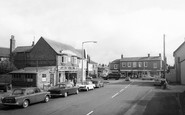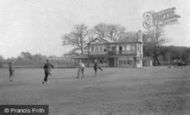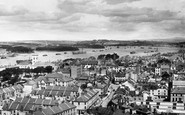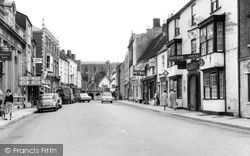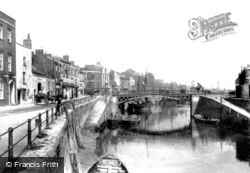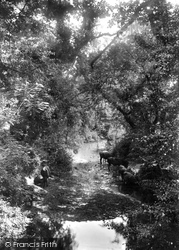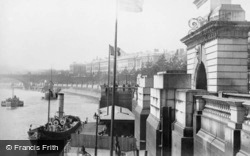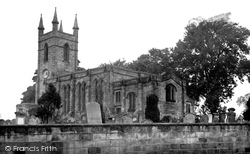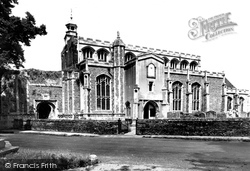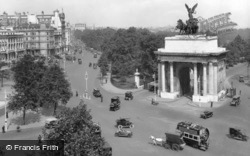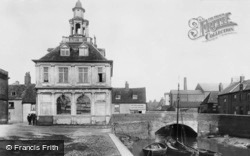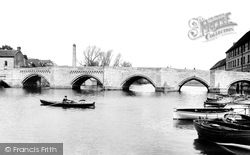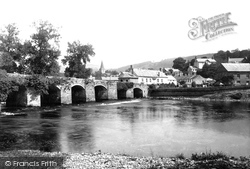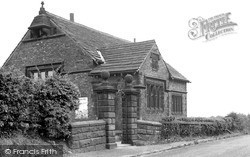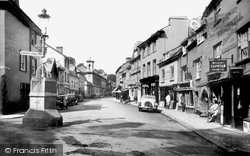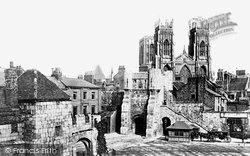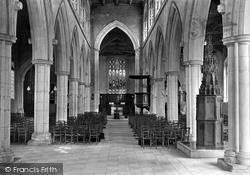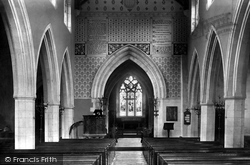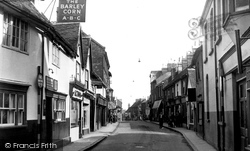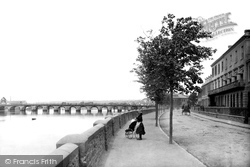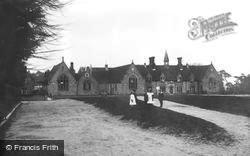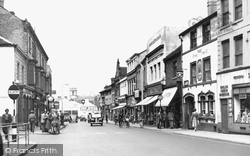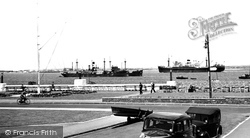Places
Sorry, no places were found that related to your search.
Photos
5 photos found. Showing results 321 to 5.
Maps
83 maps found.
Books
Sorry, no books were found that related to your search.
Memories
1,127 memories found. Showing results 161 to 170.
Tooting Forever
What a delight to find this site. It reminded me of so much. My grandparents did a moonlight flit from Bethnel Green, walking to Tooting with four boys, one girl and a pram carrying Gran's pride and joy, a mangle. Three weeks ...Read more
A memory of Tooting by
Fond Memories Of 1950s Goffs Oak
I was born in 1945 at the end of the Second World War at was then 3 Park Villas, Goff's Lane, the home of my grandmother, Alice Emma James. House renumbering during the 1950s resulted in the house becoming 393 ...Read more
A memory of Goff's Oak by
New Houses
I moved with my family to live in Heath Lane in early 1956, just at the end of the side road leading to the 'rec'. At that time, it was a country lane with high hedges and there were fields where Granville Drive now is. Reynolds ...Read more
A memory of Little Sutton by
My Childhood 1942 1963
My family owned the Victorian pile that incorporated the chemist opposite the Iron Duke. I was born in 1942 at the house (if it's still there) that was built as a wedding present for my parents at the top of the property and ...Read more
A memory of Crowthorne by
The Hamoaze, Not Hamvaze!
When I lived in Plymouth as a child in the 50s and 60s I went to a primary school at Keyham, part of Devonport. The bus would drop me off near Camel`s Head Creek, which was part of The Hamoaze. In those days the water came ...Read more
A memory of Devonport by
Also From Tonbridge
I also came from Tonbridge, went to the Slade in the 1960s and then on to Hugh Christie in the late 1960s and left in 1976. I also live in Australia. During the 1970s I was a Teddyboy, I still am today. I used to go to the teen and ...Read more
A memory of Leigh by
The Lights Of Home
I was brought up in Glenboig. I went to the school that sank, what great memories I have of the old teachers, Mr Mcafee, Mr Gallacher, Mr O'Neill, Mrs Hughes, Mrs Deerie, Mrs Egan and Mrs Clinton in Room 1. I had moved away by the ...Read more
A memory of Glenboig by
A Lifehood Of Memories During The 1950s
orn in 1942 at 23 Park Avenue, Northfleet, I went to Dover Road School then Colyer Road Secondary School. Churchill's dairy used to be opposite Colyer Road School and allotments where we had a plot. The ...Read more
A memory of Northfleet by
My Great Grandfathers Memories
This is an excerpt from Frederick Rosher's diary written while on a visit to Trewyn Court, a family home, in 1850. Sunday, 28th April. Went to Llanvihangel church in the carriage. There are no ...Read more
A memory of Llanvihangel Crucorney by
Old Times Sake
My name is Ken Chapman. I was born in Esh Winning in 1954 and moved away in 1972. I have not been back very much, but do miss people I knew who I worked and went to school with. I went to school at Cornsay colliery and Waterhouses. ...Read more
A memory of Esh Winning by
Captions
1,233 captions found. Showing results 385 to 408.
Also on the right is the arched coach entrance to the George Hotel.
The main port lay north of this point, since a medieval three- arched stone bridge blocked the further passage of tall craft upstream along the River Parrett; even in the early 20th century,
Bathpool is now very much a suburb of Taunton, with the spread of the Somerset town on one side and the M5 motorway on the other.
Bazalgette also designed the Temple Pier and its arch of 1868.
Though St Mary's contains a Norman chancel arch, much of the building dates from John Dobson's restoration of 1828-29.
The western tower was started later in 1525 with a stone base and, as at nearby Dedham, a vaulted ground floor with processional arches in the north and south sides.
The arch of this impressive monument was originally crowned by Wyatt’s colossal equestrian statue of the England’s military darling, the Iron Duke.
Spanning the narrow street of this hill-top village, which rests high on the chalk uplands overlooking the River Nar, is this monumental arch, ancient gateway to the castle, which lies ruinous close by
It began life as the Merchants' Exchange, with an open-arched arcade on the ground floor. This was blocked in 1718 when the building was converted for use as a Customs House.
The arch of this impressive monument was originally crowned by Wyatt's colossal equestrian statue of the England's military darling, the Iron Duke.
The stone, six-arched bridge was built in 1332, and was only superseded in 1975 when the new bypass flyover was built.
It is a curious fact that the side shown in the picture has thirteen arches, whilst the other side has one fewer.
Viewed from the west, the façade of the west front is dominated by the Great West Window and the Triple Arch Door.The west front of many cathedrals were intended to be showpieces.
Built in 1877 for a much smaller community, its facilities had failed to keep pace with its teaching standards.
The building on the right with the granite arch is now A R Church, an ironmonger's, but was once the Mermaid Inn and played host to the Parliamentarian General Fairfax during the Civil War.
The stone-arched building on the right was the postern tower built in 1497 on St Mary's Abbey walls; it is now an office for First York Buses.
A huge iron chandelier now hangs from the central arch.
Victoria Bridge, on the Severn Valley railway line from Bewdley to Bridgnorth, has a span of 200 feet; when it was built in 1862, it was considered the largest cast iron single arch bridge in the world
The stencil work and texts above and around the chancle arch, including the Ten Commandments, are now hidden by modern paintings of 1970 by John Ward showing scenes from the Holy Week and creating a more
In this photograph we head north-east out of Market Square along Cambridge Street, once known as Bakers Lane, a road that haas seen much change since the 1950s.
Its 16 arches vary in size, a fact that is traditionally attributed to the varying lengths of the timber used as scaffolding during its construction. It has been widened several times.
Later all the decorative work - finials, dormers, chimneys and belfry - was removed, leaving a much plainer facade, but the school survived until 1990, afterwards being adapted as Chequer
However, restoration work was carried out between 1854 and 1875, saving the Norman nave and chancel arch. The Norman-style font actually dates from 1856 and the reredos from 1910.
Moving into the Thames Estuary, the river passes Erith, a much rebuilt and rather forlorn remnant with its medieval church of St John the Baptist; the town is now joined by development inland to Bexley
Places (0)
Photos (5)
Memories (1127)
Books (0)
Maps (83)



